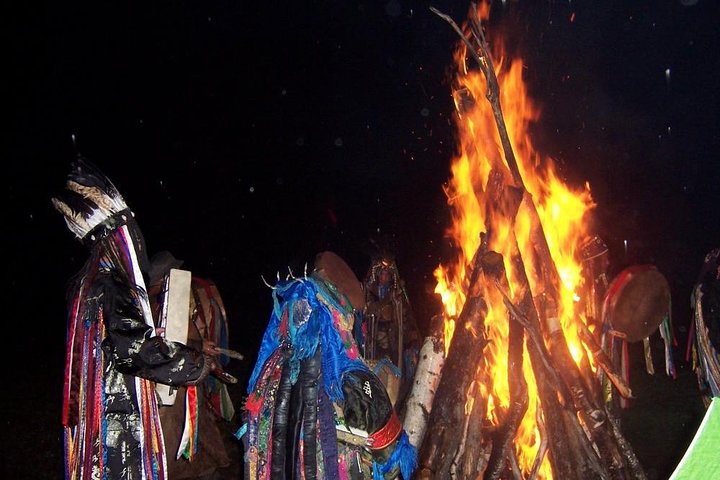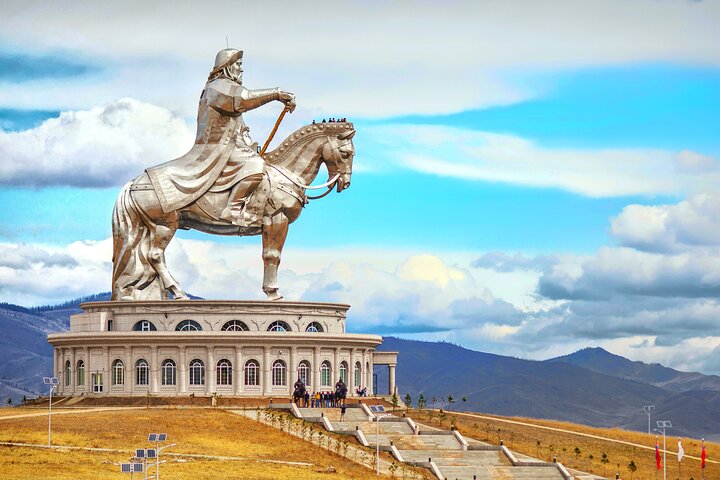Unveiling Ulaanbaatar: A Cultural Odyssey Through Mongolia’s Capital
Drawn by the allure of Mongolia’s rich history and vibrant culture, I embarked on a private city tour of Ulaanbaatar. This journey promised to reveal the city’s hidden gems and offer a deeper understanding of its unique heritage.
A Journey Through Time: Ulaanbaatar’s Rich Tapestry
Stepping into Ulaanbaatar, the capital of Mongolia, is like opening a book filled with stories of ancient traditions and modern aspirations. My journey began with a private city tour, a comprehensive exploration of this vibrant city that promised to unveil its many layers. As someone deeply invested in understanding the cultural nuances of Asia, I was eager to immerse myself in the Mongolian way of life.
Our first stop was the Gandantegchenling Monastery, a place that resonated with the spiritual heartbeat of Mongolia. The monastery, with its serene atmosphere, offered a glimpse into the country’s Buddhist heritage. The highlight was undoubtedly the 26-meter-high gilded statue of Megjid Janraisig, a sight that left me in awe. The intricate details of the statue and the peaceful chants of the monks created a meditative ambiance that was both humbling and enlightening.
The journey continued to the National Museum of Mongolia, where the rich tapestry of Mongolian history unfolded before my eyes. From prehistoric artifacts to exhibits showcasing the nomadic lifestyle, the museum was a treasure trove of knowledge. It was fascinating to see how Mongolia’s past has shaped its present, and I found myself reflecting on the resilience and adaptability of its people.
The Heart of Ulaanbaatar: Chinggis Square and Beyond
As we made our way to Chinggis Square, the heart of Ulaanbaatar, I was struck by the juxtaposition of tradition and modernity. The square, surrounded by significant buildings like the government palace and theaters, was a bustling hub of activity. The equestrian statue of Sukhbaatar and the imposing bronze statue of Chinggis Khan stood as proud reminders of Mongolia’s storied past.
Walking through the square, I couldn’t help but feel a sense of connection to the Mongolian spirit of independence and strength. The stories of Genghis Khan and his warriors echoed in my mind, reminding me of the rich history that continues to influence the country’s identity today.
Our next destination was the Bogd Khan Palace Museum, a complex that once served as the residence of the 8th Bogd Javzandamba, the head of Mongolian religion in the 19th century. The palace, with its seven Summer Prayer temples and winter palace, was a testament to the architectural brilliance of the time. Each structure told a story of devotion and reverence, offering a window into the spiritual life of Mongolia’s past.
A Panoramic View: Zaisan Memorial and Mongolian Cuisine
The final leg of our tour took us to the Zaisan Memorial, perched on a hill offering the best view of Ulaanbaatar and its surrounding landscapes. As I stood there, taking in the panoramic vista, I felt a profound sense of peace. The city, with its blend of old and new, seemed to whisper stories of resilience and hope.
No journey is complete without savoring the local cuisine, and our tour included a delightful Mongolian-style lunch at a renowned restaurant. The flavors were rich and hearty, a perfect reflection of the country’s culinary heritage. As I enjoyed the meal, I couldn’t help but appreciate the warmth and hospitality of the Mongolian people.
Reflecting on my day in Ulaanbaatar, I realized that this city is more than just a capital; it’s a living testament to Mongolia’s enduring spirit. The Ulaanbaatar City Tour offered a unique opportunity to delve into the heart of this fascinating culture, leaving me with memories that will last a lifetime. For those seeking a deeper understanding of Mongolia, this tour is an experience not to be missed.



















































